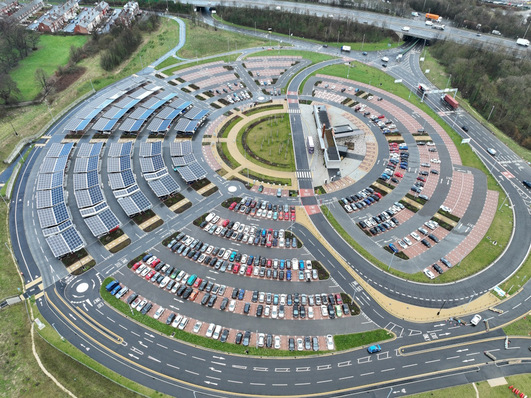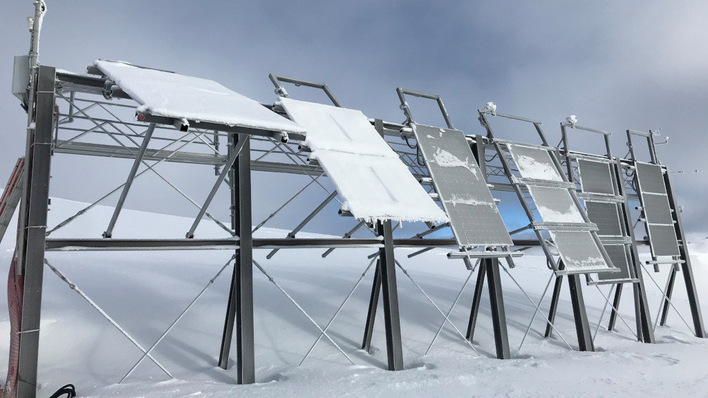Often, other electrical appliances and the wiring in the house is also affected. Therefore, it is important already at the planning stage to ascertain how the installation along with the rest of the building can be integrated into lightning protection.
The small print of some insurance companies actually make lightning protection mandatory. In certain areas there are separate regulations, as laid down in the respective state building regulations.
Metal roofs are better
In the case of metal roofs, partially insulated lightning protection is not possible. In such a case, the solar array is directly and electrically connected to the external lightning protection. It thus partially absorbs some of the current of the lightning strike.
The string cables that go into the building and can be affected by lightning currents are protected by means of type 1 lightning current arresters.
Laying shielded cables (using more than 16 square millimetres of copper) along the outside of the facade can usually be realised more easily and at less expense. Metal tubes or channels holding string cables are electrically connected to the mounting on the roof and to the earthing system at ground level.
Complete dismantle the PV on the building
Besides destroying inverters and burned out wiring, deficient or inappropriate lightning protection can have even more dire consequences, such as having to completely dismantle a solar generator on a public building.
For adequate potential equalisation, it is not enough to earth the metal frames of the solar panels and the metal substructures, but also ducts made from sheet metal or cables covered in braided steel to protect them against animal bites. (HS)
Look at this, too:
Solar advice: Key criteria for lightning protection
Stay informed, get our newsletter twice a week: Register here.
Find useful products for solar generation here.
Find useful products for solar energy storage here.







